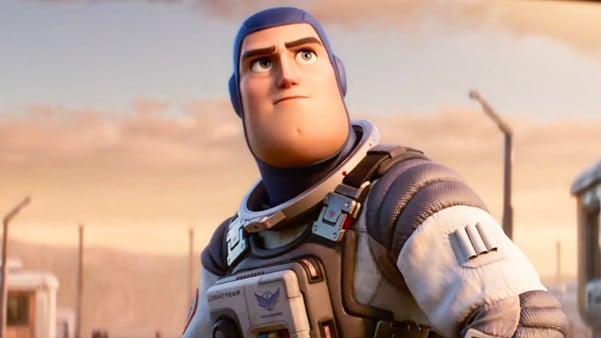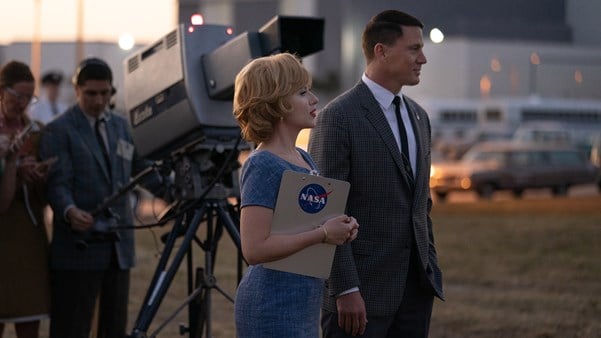Tim Burton, one of American cinema’s most original auteurs, returns to the film that cemented his reputation and introduced a wider audience to his skewed vision of his nation’s heartland, writes Ian Haydn Smith.

Beetlejuice (1988) didn’t just establish Tim Burton as a major commercial filmmaker who Warner Bros could trust with their cherished Batman (1989); it presented audiences with a director whose singular and gleefully macabre worldview stood in stark contrast to most Hollywood output of the 1980s. His vision, not unlike David Lynch’s (but never as dark or tortured), saw a veneered US whose often glossy surface hid a multitude of sins, desires and malevolence. Now, after almost two decades of films ranging from Planet of the Apes (2001) and Charlie and the Chocolate Factory (2005) to Alice in Wonderland (2010) and Dumbo (2019), Burton and star Michael Keaton have returned to the world of the titular freelance ‘bio-exorcist’.
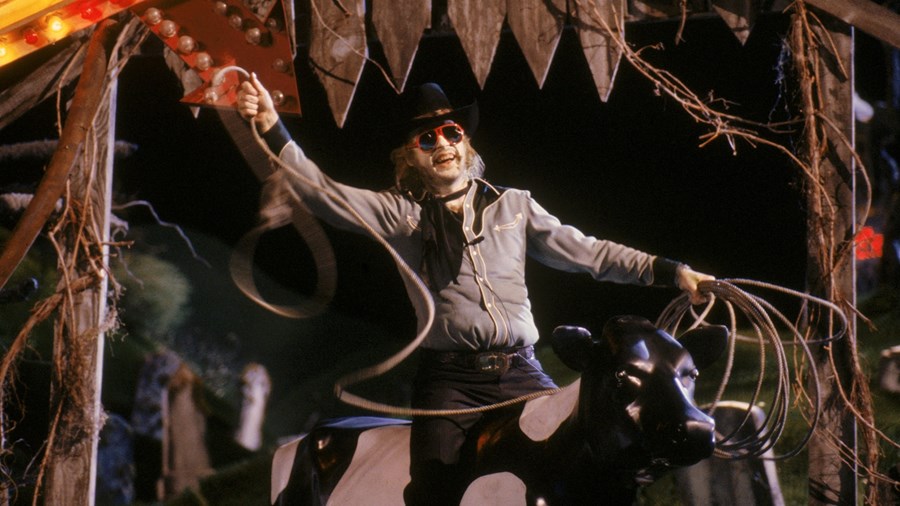
Beetlejuice (1988)
In the original film, Keaton played a puerile ghost-cum-ghoul who helps the dead scare the living out of their shared home. It’s while assisting one recently deceased couple that Beetlejuice encounters Winona Ryder’s death-obsessed Lydia. That character returns in Beetlejuice Beetlejuice, alongside Jenna Ortega – the star of the hit Netflix series Wednesday that Burton directed – as her daughter Astrid, who has no idea what chaos she unleashes when she summons Lydia’s nemesis. The wonder of the original film, like the best of Burton’s work, lies in how fully we are immersed in his vision: that otherness, strangeness and the unusual are things to be embraced. It’s an outlook that was forged at a very young age.
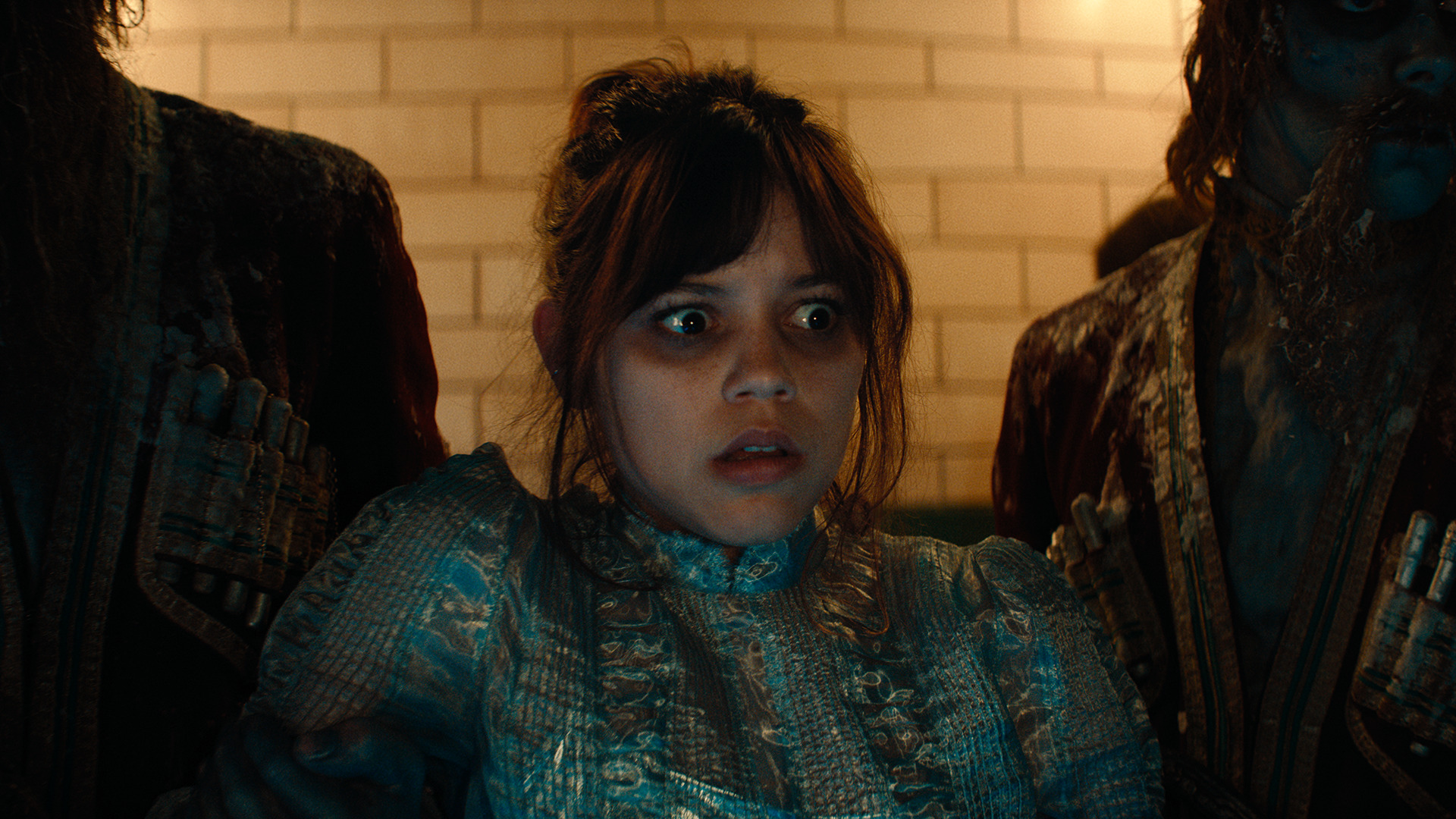
Burton grew up in Burbank, which has become synonymous with the mainstream US film industry. In Mark Salisbury’s book-length interview Burton on Burton (1995), the filmmaker notes, ‘If you weren’t from Burbank you’d think it was the movie capital of the world with all the movie studios around there, but it was and still is very suburban… It could be Anywhere USA.’ Burton felt out of place there as a child. He withdrew into a landscape of monster movies and, with considerable artistry, began creating his own, wildly eccentric creatures. They contrast greatly with the ‘Disneyfied’ entertainment of the 1950s and 1960s USA.
Moreover, when his youthful imaginings are viewed through the prism of a film like Pixar’s Toy Story (1995), Burton was clearly never going to be Andy, the all-American boy next door. He better resembled Andy’s neighbour, Sid. However, in this world Sid/Burton isn’t the villain, mangling his toys into twisted, deformed characters; he’s the loner railing against the conventions of toy companies who supply the narratives for their products, giving each of his mutated creations their own origin story. Luckily for Burton, when he became a man, he didn’t have to put away those ‘childish things’ – he transformed them into a career.
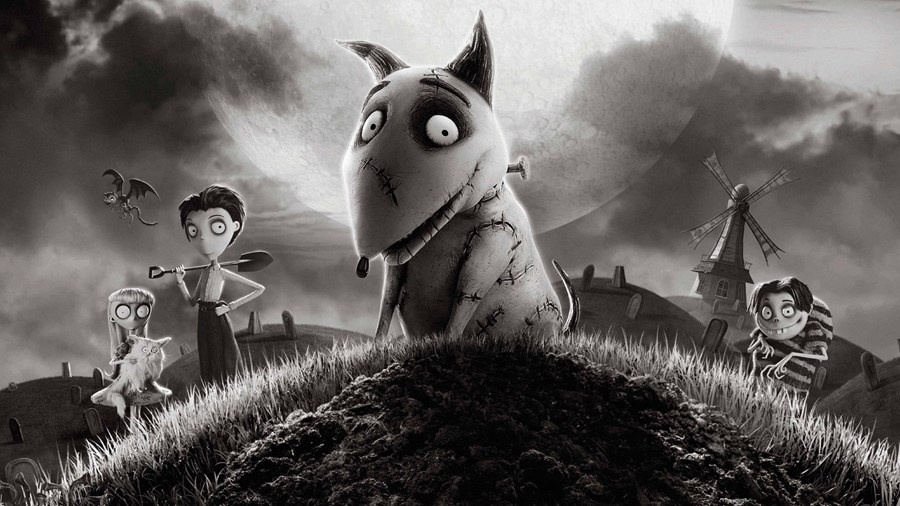
Frankenweenie (2012)
Funnily enough, Burton first began working in Disney’s animation department. It was the early 1980s and, as he told Salisbury, ‘Disney and I were a bad mix’. His vision didn’t chime with the ‘wholesome’ aesthetics of the Mouse House. But he had his champions at the studio and, as a result of their support, he was able to make the shorts Vincent (1982), Hansel and Gretel (1983) and Frankenweenie (1984, remade by Burton as a gorgeous, monochrome stop-motion animated feature in 2012).
Employing a sense of the Gothic, with echoes of the sly humour of Charles Addams’ cartoon strips and evincing his love of old monster movies, Burton’s odd tales became his calling card in the industry. To see the artwork for these films, and other projects he worked on in this period, is to preview the worlds he would subsequently develop throughout his oeuvre. For instance, a drawing of an asymmetric doorway for the unrealised project Trick or Treat resembles the altar at the climax of Beetlejuice. The images – among the innovatively created monsters and freak characters are seemingly ordinary environments but with a jarring,
off-kilter element – were fully formed in his head. All he needed now was the stories that would house them.

Big Eyes (2014)
Burton’s jump from Disney to becoming a filmmaker couldn’t have been easier. Warner Bros, impressed with his shorts, contracted the fledgling director to oversee the film debut of popular TV character Pee-wee Herman – an eccentric oddity who, despite feeling uneasy in the world, always comes out on top. Burton describes actor-writer Paul Reubens’ on-screen alter-ego as ‘a character who is on his own, who is able to operate in society, and yet he’s also sort of an outcast’. It’s a profile that fits so many of the characters who populate Burton’s films, from Bruce Wayne, Edward Scissorhands and Ed Wood to Margaret Keane in Big Eyes (2014) and Dumbo’s floppy-eared elephant.

Edward Scissorhands (1990)
Pee-wee’s Big Adventure (1985) doesn’t just feature a character who reflects Burton’s own feelings about his place in the world, the landscape that Herman’s adventures unfold upon is one that Burton recognised; a place that channelled the filmmaker’s youth and the suspicion that all is not what it seems. For Burton, in this ‘atmosphere that was perceived as nice and normal (but which I had other feelings about)’, the monster movies and the creations he imagined ‘were a way to certain feelings, and I related them to the place I was growing up in’.
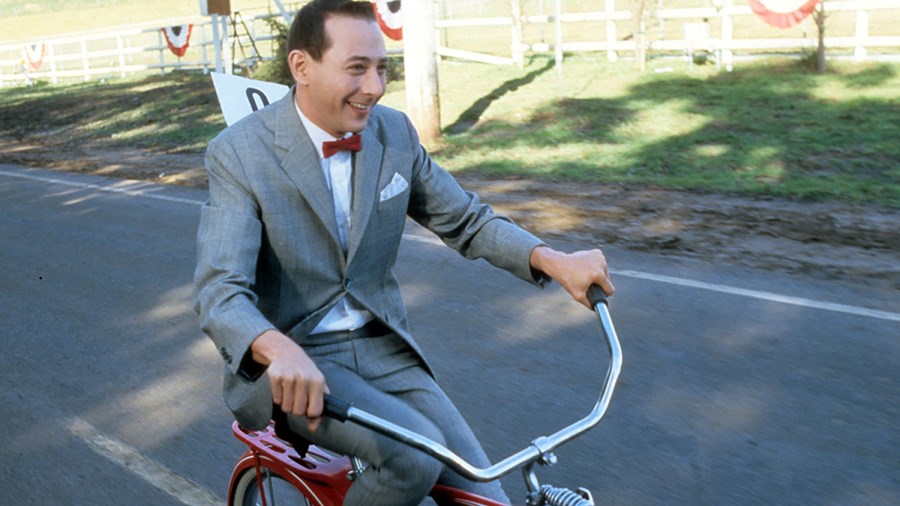
Pee-wee's Big Adventure (1985)
Nowhere are these feelings more fully conveyed than in Burton’s masterpiece, Edward Scissorhands (1990). The picture-perfect image of smalltown USA is turned on its head by the arrival of the unfinished creation of a benevolent inventor. Like Frankenstein’s creature, Edward is the outlier in this manicured, pastel-housed, 1950s-styled society, but the real monsters are the neighbours whose prejudice and simmering hate lie hidden beneath the brittle veneer of this world; from the gossipy neighbour to the bullying jock. That Burton achieves this through a wicked, even perverse, humour, and a singular vision that stands apart from almost every other filmmaker of his, or subsequent generations, is why Beetlejuice Beetlejuice is one of this year’s most enticing movies.
This article originally appeared in the Summer Journal. You can pick up a free copy at your local Curzon cinema while stocks last.
WATCH BEETLEJUICE BEETLEJUICE IN CINEMAS


